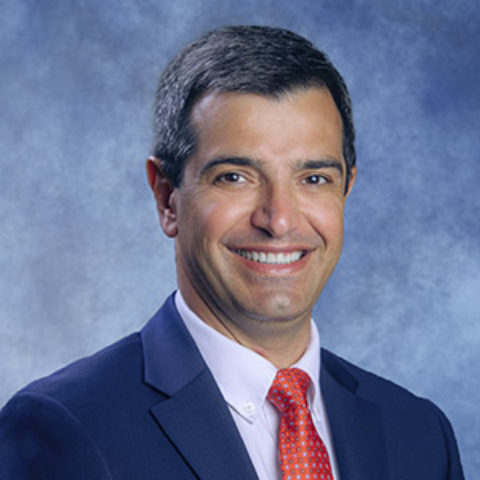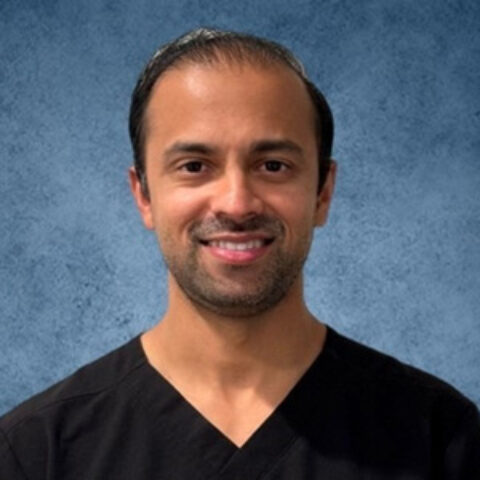
Understanding a Craniotomy
A craniotomy is a surgery that involves removing a small section of the skull in order to reach the brain. Neurosurgeons perform this procedure to repair traumatic brain injuries or to remove abnormal lesions. Many craniotomy surgeries are necessary on an emergency basis after a patient has had an accident. There are also craniotomy procedures that are designed to relieve the symptoms of chronic conditions such as epilepsy or Parkinson’s disease. A surgeon might use a craniotomy to reach the brain to remove a small portion of tissue.
Patients Require Diagnostic Imaging Before a Craniotomy
Most patients receive sedation anesthesia during a craniotomy, but there are procedures that require local anesthetics instead. To help a neurosurgeon understand where there is a brain injury or abnormality, a MRI of the brain is collected first. With the correct information, a surgeon knows the best place to make incisions in order to remove a small section of a patient’s skull to reach the damaged area of the brain. An important aspect of a craniotomy is for the neurosurgeon to avoid damaging any more of the patient’s brain tissue by finding the right access point.
A Neurosurgeon Can Repair a Patient’s Damaged Brain
After the piece of skull is removed, it is placed in a sterile container to prevent contamination while the neurosurgeon makes a repair to a patient’s brain. A surgeon may need to remove a blood clot or growth from a brain to save a patient’s life. Alternatively, a neurosurgeon can make a repair to portions of the brain or insert a deep brain stimulator to eliminate seizures. When a surgeon is placing a stimulator into a patient’s brain, a patient is often awake and able to communicate to help with the proper placement of the device.
The Piece of Skull Is Reattached After the Surgical Procedure is Completed
To protect the patient’s brain tissue, the piece of skull is reattached using titanium plates, screws and sutures. Patients are given pain medication and antibiotics with an IV drip for several days to prevent any complications. After a craniotomy, a patient remains in the hospital for observation, and within a few days, they return home to recover. The hair on the scalp where the section of skull was removed will grow back as the incisions from the procedure heal.




